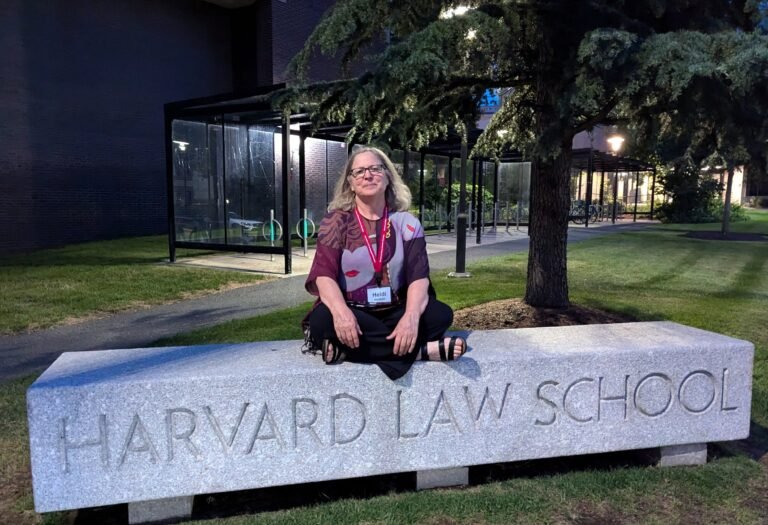
Psilocybin, the active compound in certain mushrooms, has captured scientific and public attention for its ability to produce profound shifts in mood, perception, and consciousness. At Vital Reset, we spoke with graduate researcher Joe Hennessey, who explained how psilocybin works at the molecular, network, and experiential levels. His insights align with a growing body of peer-reviewed research that is shaping our understanding of this remarkable compound. Check out Joe’s website for more info about him.
From Psilocybin to Psilocin: The Chemistry of the Experience
When psilocybin is ingested, the body quickly converts it into psilocin. Psilocin’s structure closely resembles serotonin, the neurotransmitter involved in regulating mood, appetite, and cognition.
-
Primary action: Psilocin binds most strongly to the 5-HT2A serotonin receptor, especially in the prefrontal cortex. This receptor is central to sensory processing and higher-order thinking.
-
Distinct from antidepressants: SSRIs increase serotonin availability by preventing its reuptake, while psilocin directly activates serotonin receptors, producing a more immediate and pronounced alteration in signaling.
Peer-reviewed research supports this mechanism. Nichols (2016) summarized decades of evidence showing psilocybin’s action on 5-HT2A receptors and their role in shaping psychedelic effects【Nichols, 2016†Pharmacological Reviews】.
Neuroplasticity: Building New Connections
Beyond temporary changes in brain activity, psilocybin also enhances the brain’s capacity to adapt. Joe explained that psilocybin increases neuroplasticity—the ability of neurons to form new connections. This promotion of cognitive flexibility may represent a trans-diagnostic therapeutic mechanism, helping people with a wide range of conditions—depression, anxiety, trauma, and addiction—move beyond rigid patterns of thought and behavior.
-
Dendritic growth: Laboratory studies show that psychedelics stimulate the growth of new dendritic spines, the tiny protrusions where neurons communicate.
-
BDNF increase: Psilocybin boosts levels of Brain-Derived Neurotrophic Factor (BDNF), a protein critical for neuron survival and growth.
-
Clinical implication: This plasticity may explain why many people experience lasting relief from depression and anxiety after only one or two psilocybin experiences.
Ly et al. (2018) published a landmark study in Cell Reports showing that psilocybin and other psychedelics increase both structural and functional neural plasticity【Ly et al., 2018†Cell Reports】.
Expanded Brain Connectivity
Another striking feature of psilocybin is how it increases cross-talk between brain regions that rarely communicate under normal conditions.
-
Increased global connectivity: fMRI scans show new communication pathways between sensory, emotional, and associative networks.
-
Experiential correlate: This may explain why some people experience synesthesia (such as “hearing colors”) or profound insights tied to old memories.
These findings suggest that psilocybin temporarily re-organizes the brain into a more flexible, globally integrated state.
Clinical Evidence: Translating Science Into Healing
While Joe focused on mechanisms, it is important to recognize how these translate into real-world outcomes.
-
Depression: Davis et al. (2020) reported that two psilocybin sessions produced rapid, sustained improvements in patients with major depressive disorder【Davis et al., 2020†JAMA Psychiatry】.
-
Addiction: Johns Hopkins researchers have found promising results for psilocybin in reducing heavy drinking in alcohol use disorder (Bogenschutz et al., 2022).
-
End-of-life anxiety: Early trials at NYU and Johns Hopkins showed significant relief for terminally ill patients facing existential distress.
Together, these studies support Joe’s point: psilocybin creates conditions where deeply entrenched patterns can loosen, giving people a chance to reset.
The Importance of Set, Setting, and Integration
Scientists often stress that psilocybin’s effects are not just pharmacological—they are profoundly shaped by context.
-
Set (mindset): A person’s expectations, emotional state, and intentions frame the experience.
-
Setting (environment): Safe, supportive surroundings reduce the risk of overwhelming experiences.
-
Integration: Making meaning of the experience through journaling, dialogue, and lifestyle changes ensures that insights become lasting growth.
At Vital Reset, we place equal importance on preparation, safe facilitation, and integration—honoring both the neuroscience and the human dimension of psilocybin journeys.
Conclusion
Psilocybin’s effects arise from a complex interplay of chemistry, network dynamics, and personal meaning. Joe Hennessey’s explanation highlights what modern research confirms: psilocybin alters serotonin signaling, quiets the brain’s default mode network, enhances neuroplasticity, heals and renews neuronal cells, and promotes flexible brain connectivity. When combined with careful preparation and integration, these changes can support profound healing and transformation.


